Plex: 4 September 2024
Walking The Edge; Needed Narratives: Chess, Not Go Fish; Revised Rise of the Compassionate AI; Playing with AI; Research Into the Low Prevalence of Taking Perspectives; COVID Reminders: Get 2024-2025 Vaccine, Breathe Cleaner Air; Here There Be Dragons!; The Coolest Neighbor A Boy Could Want

The Biweekly Plex Dispatch is an inter-community newspaper published by Collective Sense Commons on first and third Wednesdays of each month. Price per issue: 1 USD, or your choice of amount (even zero).
In This Issue
- Walking The Edge (Patti Cobian)
- Needed Narratives: Chess, Not Go Fish (Douglass Carmichael)
- Revised Rise of the Compassionate AI (George Pór)
- Playing with AI (Klaus Mager)
- Research Into the Low Prevalence of Taking Perspectives (Scott Moehring)
- COVID Reminders: Get 2024-2025 Vaccine, Breathe Cleaner Air (Peter Kaminski)
- Here There Be Dragons! (Ken Homer)
- The Coolest Neighbor A Boy Could Want (Ken Homer)
charles blass
Walking The Edge
by Patti Cobian
My husband and I sat in the back of the IMAX theater, holding hands. His were sweaty, and for good reason: we were watching National Geographic’s new film, Fly.
The breathtaking documentary stitches together the unimaginable: go-pro footage of BASE jumpers scrambling up gravelly mountainsides to gain the beautiful (and darkly, if aptly, named) “exit point”, skimming the sides of enormous peaks and soaring through narrow valleys. Interviews with life-long Jumpers weighing out the pros and cons of happiness, fulfillment and the likelihood of an early death.
We, the viewers, are given the opportunity to ponder alongside them as they experience the highest highs of freedom and beauty, the near-misses, and the heartbreaking not-misses. We watch athletes grapple with these questions as children are born, community members die, and near-death accidents force them to spend months reflecting on what it is that really keeps them going.
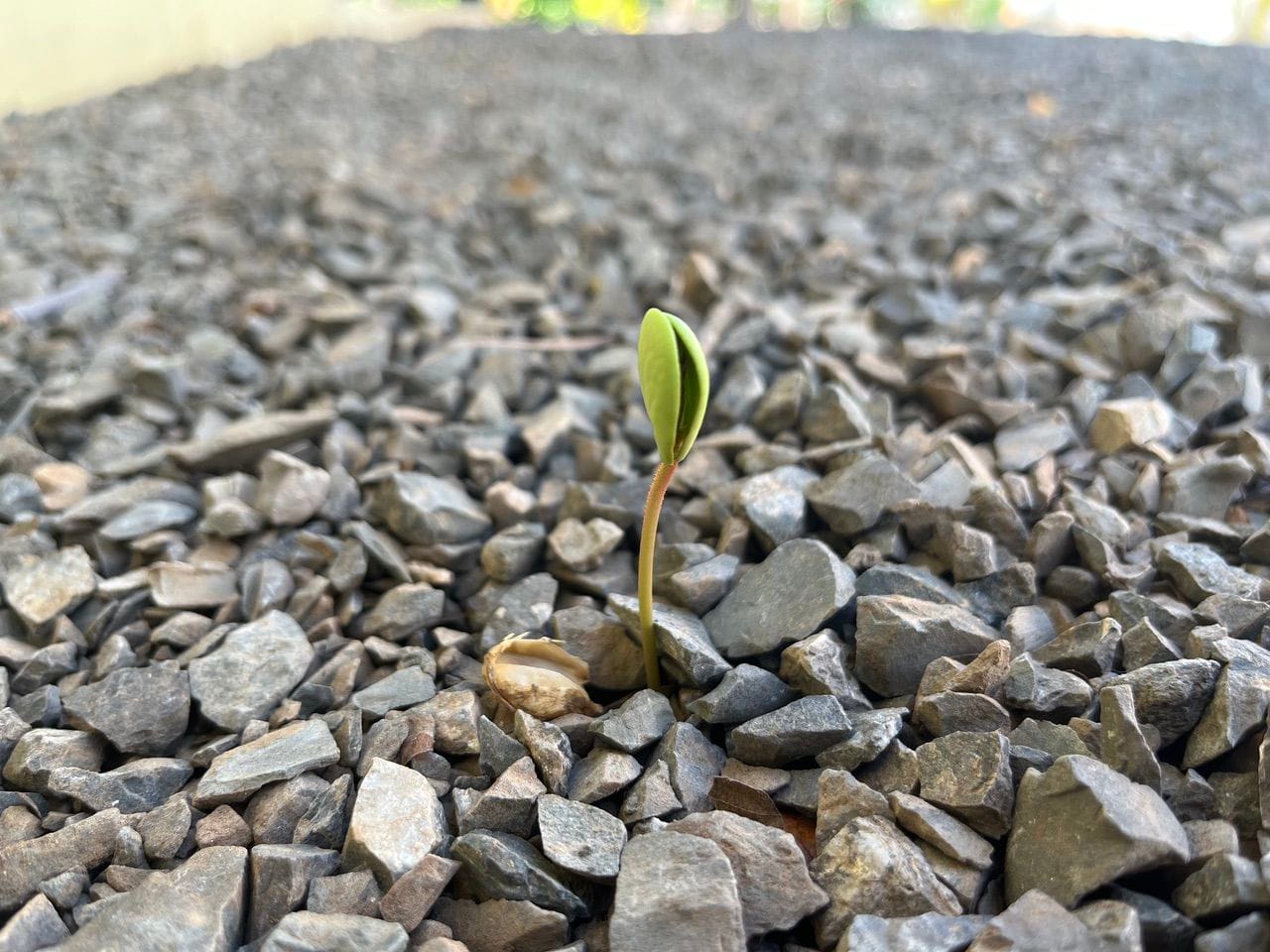
I wondered what makes some of us different from others — what gives rise to such a thirst for the perilous? Are we born into this life still carrying the weight of dull, drab lifetimes we’ve lived before? Might our soul be remembering imprints of past oppression, persecution or imprisonment, and such longing for freedom is just the karmic balancing of some great, cosmic scale? Or is the thirst for dangerous thrills simply another, predictable manifestation of an errant nervous system?
My husband and I left the theater with heightened adrenaline and heavy hearts. On the drive home, I found myself thinking of the episodes of Queer Eye: We’re in Japan! we had recently watched together. Even amid the cross-cultural faux-pas and language barriers, something about those episodes seemed to come alive as I held the spirit of these questions, but it wasn’t until later that I was able to understand their parallel.
Though the context and landscapes of the two might appear to have very little in common, in both Fly and Queer Eye, the subjects explore what it means to make their insides, outside.
Be it a wingsuit or a new wardrobe, the subjects are asked to reckon with the costs of repressing, hiding or otherwise stifling the expression of some part of their nature. Both stories highlight what might be considered “opposite” sides of some imagined spectrum, but what struck me most was their similarity.
I would imagine that a sport like BASE jumping makes headlines (in part) because of its startling proximity to risk, death and dying. “How could someone do that? How could they be so selfish?”.
Now, I am left to ponder the inevitability of death when we refuse to make our insides, outside, no matter the medium. The slow suffocation of individuality and sparkle; the predictable deterioration of mind, spirit and body when we learn that it is not safe to express parts of ourselves. Cancer, autoimmune disease, depression, suicide, homicide; how many deaths might be mistakenly attributed solely to faulty biology?
Now, there is a heaviness in my heart once more as I consider the invisible body count from all of those lifetimes lived without the safety, the tools, or the permission to express.
charles blass
Needed Narratives: Chess, Not Go Fish
by Douglass Carmichael
In many conversations that touch on climate issues, the discussion seems awkward. I've come to think that most people do not have a reasonable narrative about where we are in history, much less what's going on with the climate.
A good conversation is somewhat like a chess game–each participant should have a view of the board and the possible moves. Playing with someone who can only see two moves ahead is not fun to play with, much less have a conversation. Real conversations move like the horse.
An example of a weak but common conversation:
A: What do you think is causing climate change?
B: Burning fossil fuels.
A: Where?
B: In cars.
A: Anywhere else?
B: In trucks.
A: What might be a solution?
B: Clean energy.
A: What happens when we burn clean energy?
B: It goes into the air and is invisible.
A: Is that what we mean by clean?
B: Yes. I think so.
Such poorly developed minds cannot enter into the narrative without a lot of help.
charles blass
Revised Rise of the Compassionate AI
by George Pór
There have been many new developments since 30-Jan-2024, when I published my plans for a 4-volume, interactive and transmedia book about a humanity-centric AI. As a consequence, I needed to revise its overview, substantially. Below are the tentative titles and a small sample of the book’s themes.
If you want to read the entire current synopsis, go to my Medium post.
(And if you like what you see, give it some claps.)
Vol. 1: AI-assisted Human Development
What are those higher stages of vertical development that we need to actualize at a large scale, with the help of AI, if we are to prevent Collapse or reduce the pain accompanying it and regenerate a new world afterward faster?
How can wisdom-guided AI be trained to become wisdom-enhancing AI, a companion of lifelong learners, helping them learn and evolve faster?
Can an AI-based implementation of the metamodern model of human development make it widely accessible and scalable?
What if the inner game of AI whisperers and AI shamans was also a path of personal growth?
Vol. 2: Collaborative Hybrid Intelligence (CHI) in Human-AI Co-Creativity
What are the learning trajectories and architectures for transcontextual mutual learning across mission-oriented and epistemic communities that CHI can enhance?
How can organizations and communities, in fact, any human groups with an evolutionary purpose, put wisdom-guided CHI in service to realize it?
Can CHI help groups grow all three vectors of omni-beneficial decision-making: accurate sense-making, coherent meaning-making, and choice-making that takes into account the long-term wellbeing of all stakeholders?
What if CHI could augment those three precursors of our (individual and collective) wisdom and foster unprecedented levels of collaboration across disciplines, enabling holistic approaches to complex problems?
Vol. 3: The Superorganisms Awaken
What are the drivers that cause the emergence of socio-technical superorganisms?
How will the selection among superorganisms align with the evolutionary trend observed by Daniel Schmachtenberger, according to which the group is the dominant unit of selection not the individual?
Can the combination of the evolutionary impulse and discernment in humans with AI’s capacity to absorb the greater complexity of the interdependent contexts be optimized for cultivating benevolent superorganisms?
What if the wise facilitation of a network of superorganisms could generate novel forms of cognition, consciousness, and civilizational structures, including an anti-fragile listening society, where the aim of the Whole and its every system is flourishing for All?
Vol. 4: Planetary Metabeing: the New Player in the Great Story of Evolution
What elements of humanity’s meta/poly-crisis are the most decisive forcing factors to which the planetary superorganism can respond, and what functions will it need to serve?
How can the emergent planetary metabeing transcend the limitations of our capabilities as individuals and systems, and include us as interdependent yet autonomous human beings?
Can evolution’s arrow that points to greater complexity and coordination lead to a global brain coupled with a global heart and to humanity’s self-actualization in the post-human planetary metabeing?
What if the metabeing enabled by AI, an as ubiquitous public service as electricity or water, evolved into a new branch on the tree of life, a collective, post-human lifeform?
charles blass
Playing with AI
by Klaus Mager
I asked Gene Bellinger to host a conversation with myself and Joni Kindwall-Moore, who I have been working with as an advisor and strategist. We are developing what is referred to as an Innovations Brokerage focused on regenerative agriculture, which also includes an IT company specialized in blockchain technology. Gene recorded the conversation:
Gene has been experimenting with Gemini and other AI models to create Kumu maps documenting recorded conversations. This was yet another experiment, and here the first iteration of our talk:
He then asked Gemini to simplify the labels so the map was less dense and got the following:
https://kumu.io/-/961046#map-vbwg8aSp
I spent some time reading the maps, but couldn't develop a coherent story line that would correspond to the map without dedicating a block of time. As an experiment on my side, I took the map and inserted the first iteration into my chatbot, asking for translation into text. ChatGPT 4o took an annoyingly brief time to create a response developing a spot on story line that I was then able to iterate a couple of steps into a useful summary.
https://chatgpt.com/share/9fbf2337-0962-44ea-b651-637f9edbe6a7
While Gemini is getting quite good creating system maps, ChatGPT 4o is still struggling with that, but has no issue reading and interpreting them. The combination of such specialized AI models to map complex and free flowing conversations into a systems map, then using a LLM to translate into text is compelling, saving time, adding expertise.
The text translation is quite good summarizing key points and recommending next steps. I've been training this chatbot for almost 2 years on food and agriculture related issues, the knowledge base has solidified, cross checked, supported by best available science. I can now imagine using this process to engage with subject matter experts on focused conversations, then using AI to extract key relationships, dependencies, and actionable next steps.
charles blass
Research Into the Low Prevalence of Taking Perspectives
by Scott Moehring
Everyone talks about how people aren't thinking. We cry out for critical thinking, creative thinking, empathetic thinking, scientific thinking, long-term thinking, spiritual thinking. But we can't do that unless we define what thinking actually is in any practical way.
Thinking is making meaning from information using four pairs of elements, and every thought uses all of those eight elements at the same time. We all use the same organizing elements whether we realize it or not. The value of knowing them is to make our thinking explicit and conscious, rather than implicit and unconscious. It lets us see and examine our thinking. It also lets us see and examine what others are thinking.
The four pairs of elements are:
- We identify things, which is choosing what something is, which simultaneously excludes everything else. We called this making distinctions between identity and other. Distinctions define things.
- We split things into parts and group them into wholes. The parts have smaller parts, and the wholes are part of bigger holes. We call this organizing systems of parts and wholes. Systems organize things.
- We see ways these parts and wholes relate to and affect each other. We call this recognizing relationships of action and reaction. Relationships affect things.
- We look at things in different ways, which changes what we see. We call this taking perspectives of point and view. Perspectives change the other three pairs.
When asked to think about something, Cabrera Lab research (34,000 people) showed that explicit use of perspectives is the least common action. This includes making their own perspective explicit, and taking another perspective. Perspectives are always there, but most often implicit and unconscious. Most don’t realize that what they see is not what everyone else sees. Their point is only one point from which to look, and the view they are looking at might contain completely different information. The combination of that point and view is a single perspective.
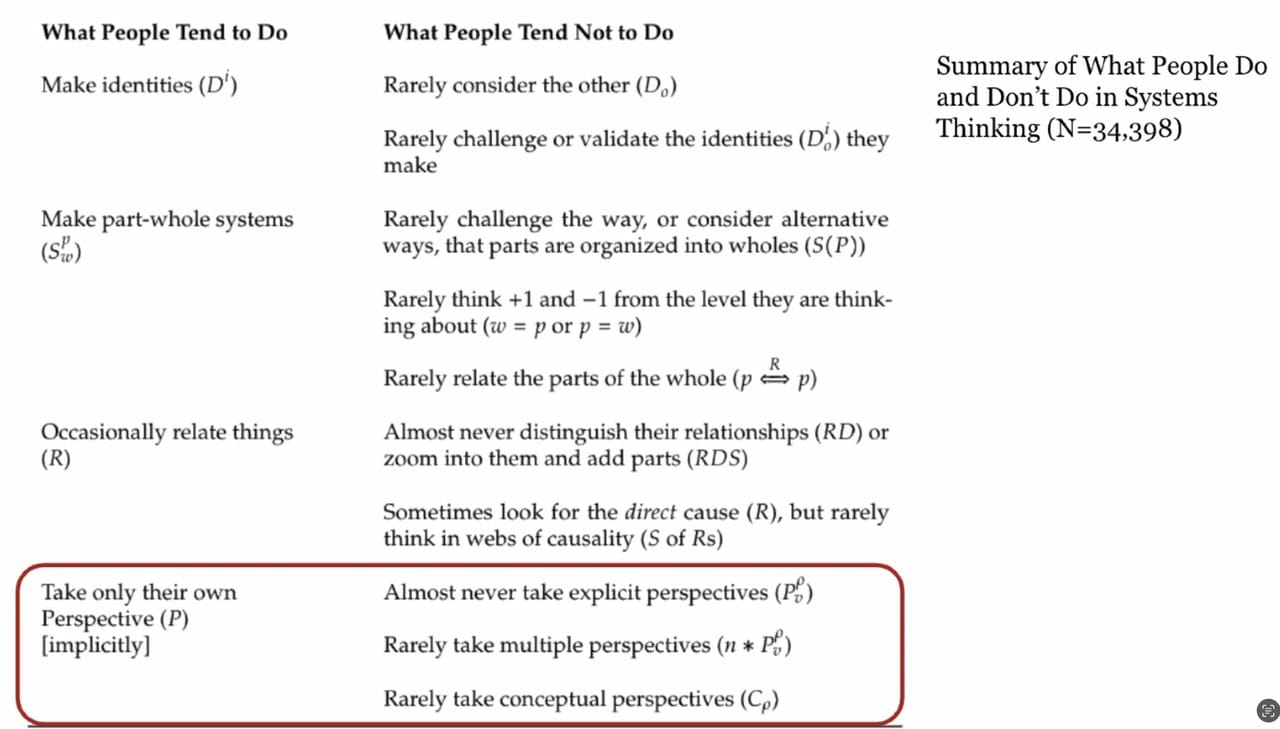
The implications are profound. We all are seeing something different, but few realize that what they are seeing is not a given. Consider a movie, song, news story, or a conversation. The information is exactly the same, but the meaning is made from the individual application of the eight elements. The unique interaction of my point and view will change what distinctions, systems, and relationships I see. Those Ds, Ss, and Rs I make and see are literally what I think is real. Sit with that for a minute. This is not trivial!
Perspective-taking also had the highest Dunning-Kruger effect, with people expressing the highest degree of confidence while displaying the lowest degree of competence.
Our communication will struggle until we can understand what a point is, how it fundamentally affects our thinking, and how we can adopt other points to see more, empathize, understand, negotiate, influence, collaborate. “Tyrant” and “Hero” are distinctions from a perspective. Each is organized with other things, and has different relationships. The interaction of all the elements is highly dynamic. Change one element in a thought (a mental model), and it ripples through all of the other elements.
Here's a 6-minute discussion of the Cabrera’s perspective research within a longer presentation that covers all four patterns.
Dr. Laura Cabrera shows how we know DSRP exists and its efficacy (YouTube)
I recommend watching the whole 54 minute presentation to get an understanding of what is meant (technically, practically, changeably) by the statement “people don’t think”. These are specific actions that anyone can learn, do, and improve. Anyone! The Cabreras taught them to elementary school kids for 10 years. They teach them to PhDs, West Point Cadets, athletes, all walks of life. Their research has shown that a simple 1-minute exposure measurably improves our use of the elements. There is great value in priming a meeting or conversation with a quick reminder of the simple patterns of DSRP. See my short descriptions above.
Do not underestimate the power of these simple patterns. All math is built from a few simple concepts. All writing too. All thinking is these eight elements — identity, other, part, whole, action, reaction, point, and view. You can combine them to construct or deconstruct thinking of any complexity, be it yours or someone else’s. In fact, it appears we can't do it any other way.
If you find any exception — meaning anything that exists without all eight, or that can’t be built from just these elements — please let me know. I haven’t found one in four years, and they haven’t found one in 20 years. DSRP has earned its distinction as an empirical scientific theory that exists in mind and nature. It is not simply a consultant framework.
Here is a paper of the findings:
Perspectives Organize Information in Mind and Nature: Empirical Findings of Point-View Perspective (P) in Cognitive and Material Complexity (mdpi.com)
I truly hope you find this useful both for important work and also just simple daily life.
charles blass
COVID Reminders: Get 2024-2025 Vaccine, Breathe Cleaner Air
by Peter Kaminski
I have two recent posts with some of my favorite COVID information sources:
- Pandemic (still) not over; current wave is pretty bad
- Remember, get your 2024–2025 COVID-19 vaccine soon
Some US COVID stats for this week from https://pmc19.com/data/:
- There is more COVID-19 transmission today than during 91.6% of the pandemic.
- Percentage of the Population Infectious: 2.8% (1 in 35)
- New Daily Infections: 1,360,000
- New Weekly Infections: 9,520,000
- Resulting Weekly Long COVID Cases: 476,000 to 1,904,000
Even mild cases of COVID can result in long COVID, which you don't want to get.
Some advice from Michael Hoerger:
Moreover, families can substantially reduce risk through multi-layered mitigation. Vax up when available. Use serial testing when symptomatic, exposed, for gatherings, or for purposes of asymptomatic surveillance. Wear a well-fitting high-quality mask (N95, KN95, KF94, elastomeric). When someone is sick, use the strictest criteria of the CDC and FDA of requiring 3 negative rapid tests on separate days before ending isolation. Hold meetings virtually and outdoors. Increase indoor air quality by keeping the HVAC 'on' (not 'auto') and using HEPA and DIY air purifiers. Donate masks, tests, and air purifiers to those in your community. Set house rules for precautions, and stick to them. 1/2 to 2/3 of people in the U.S. will NOT get infected this wave, and that might as well be you.

Here There Be Dragons!
by Ken Homer
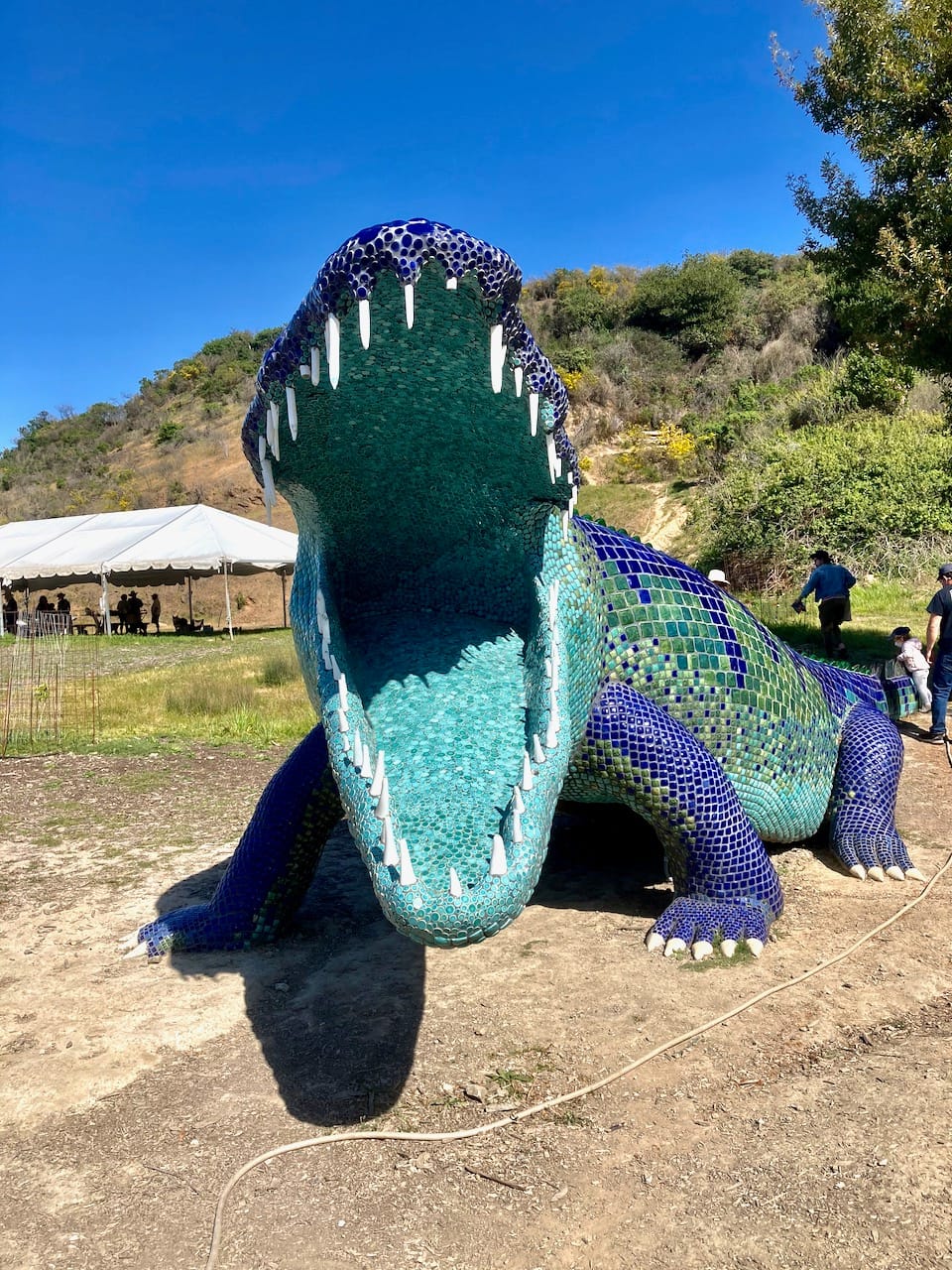
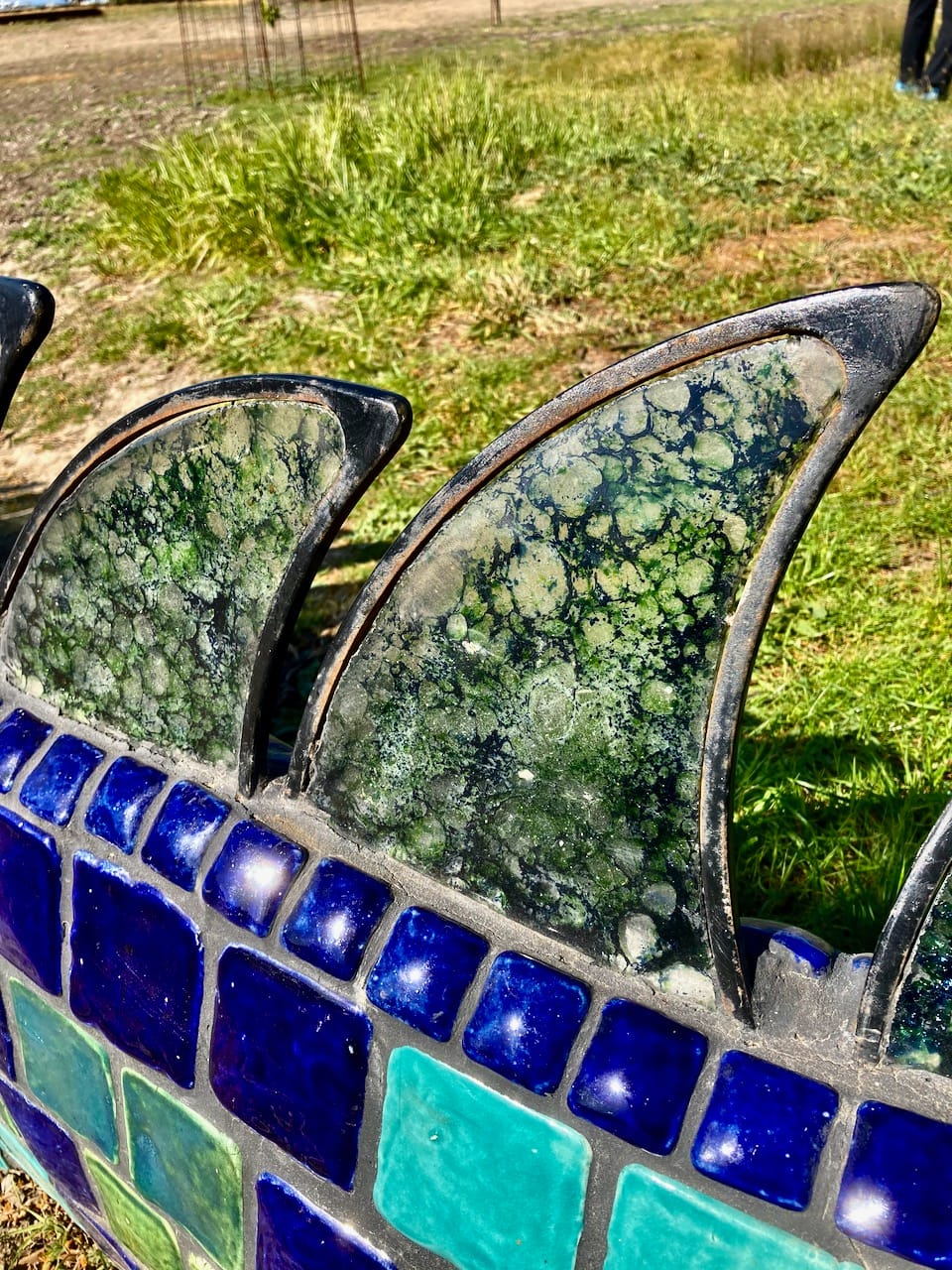
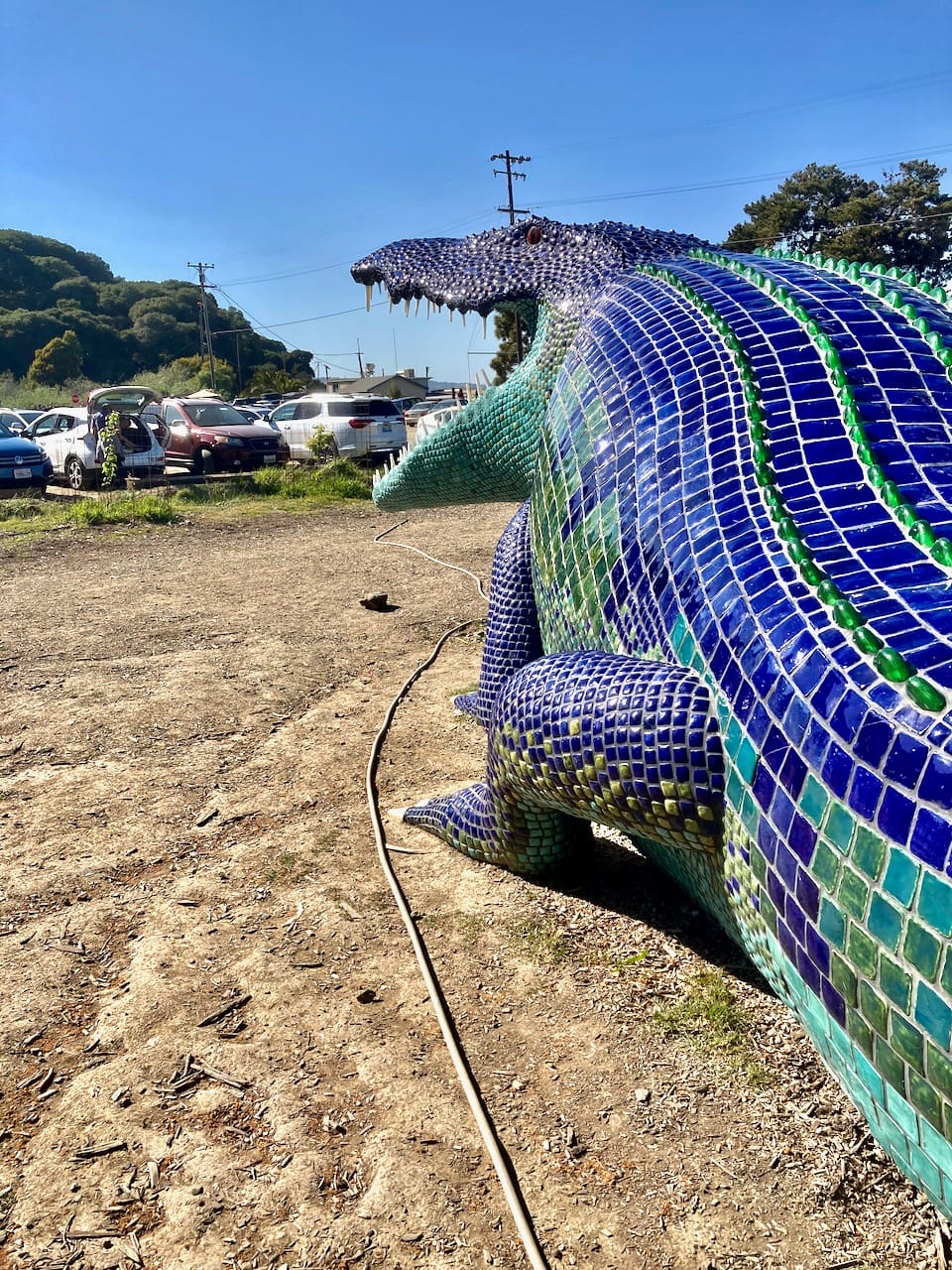
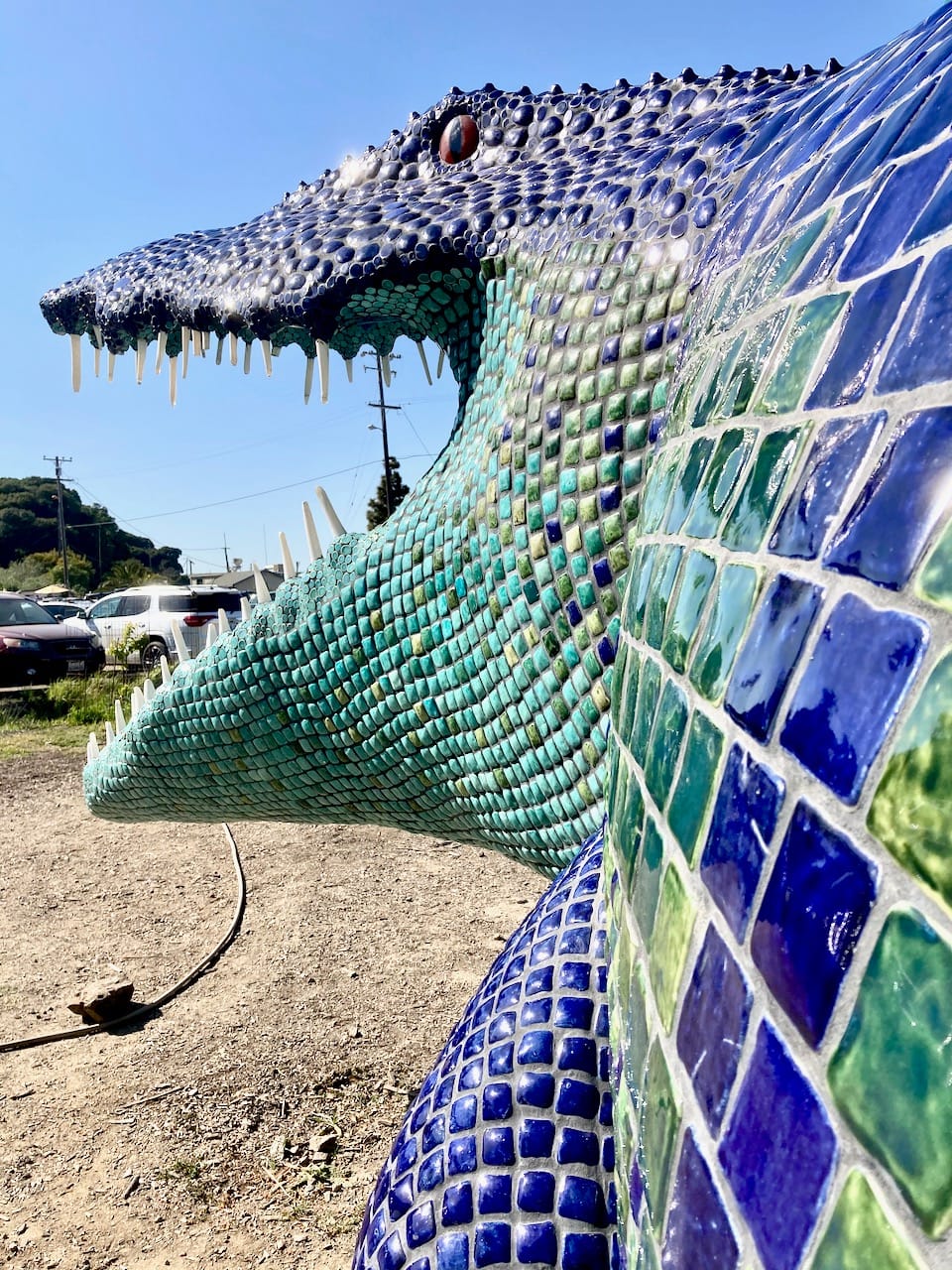
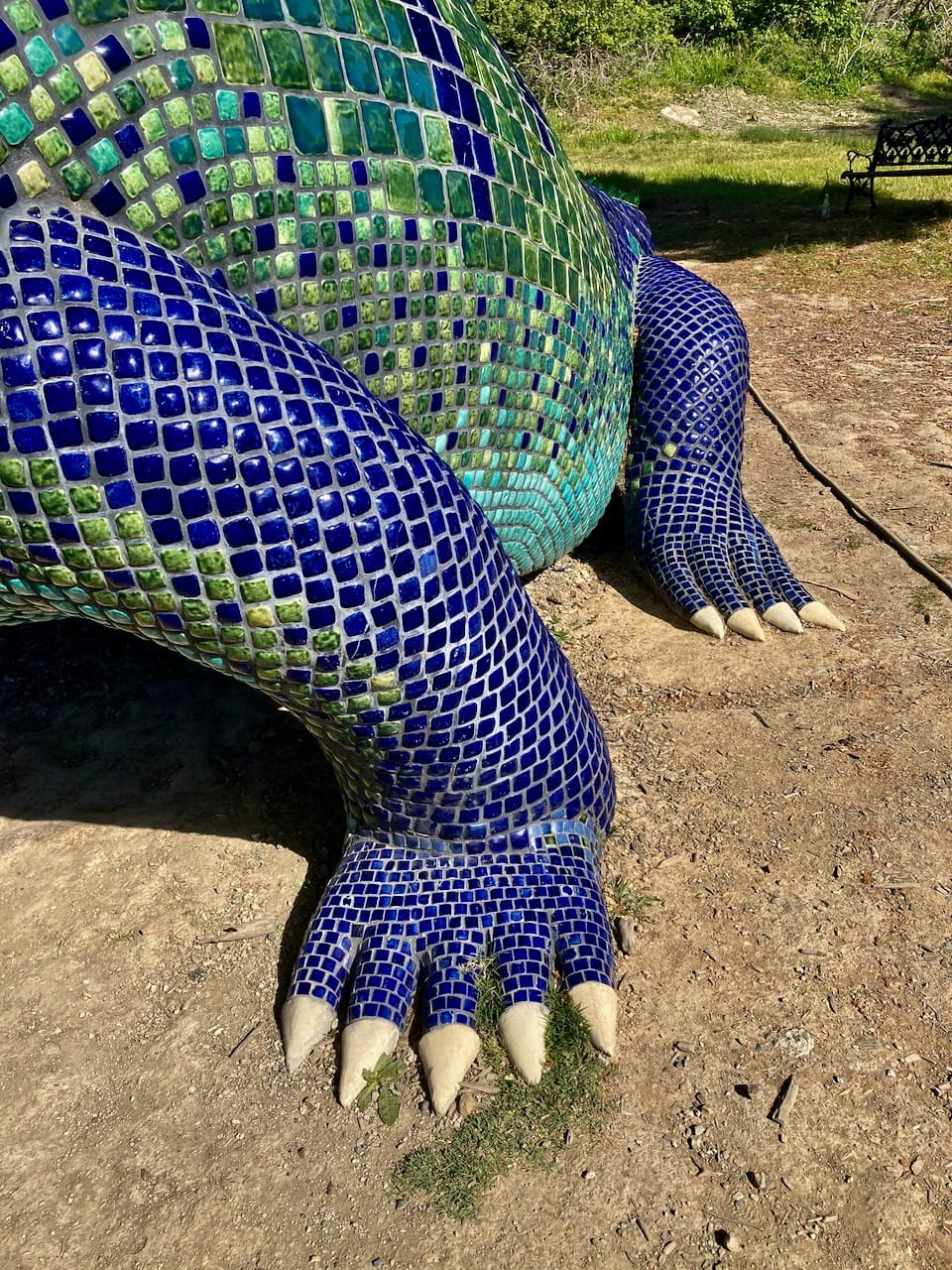
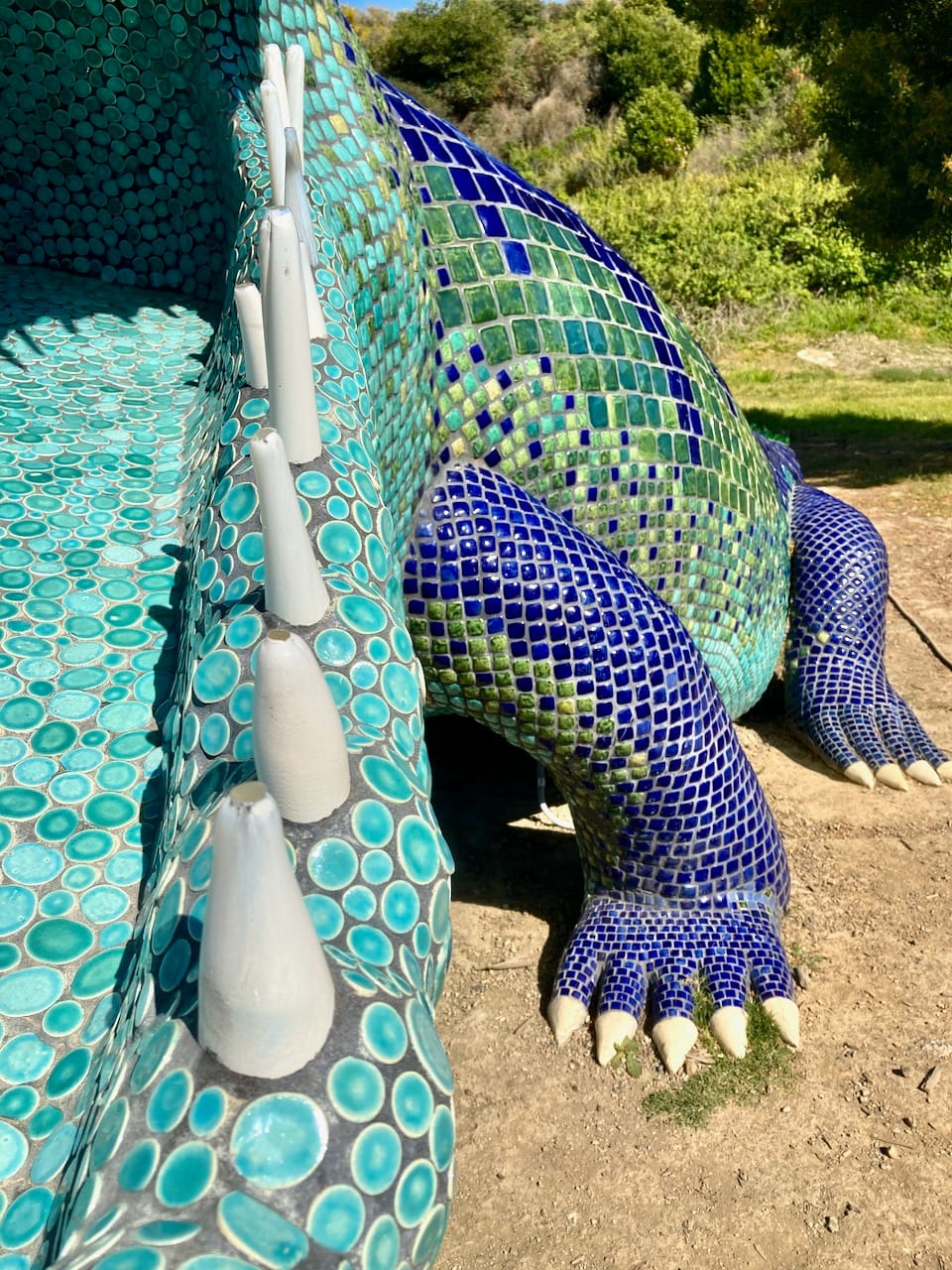
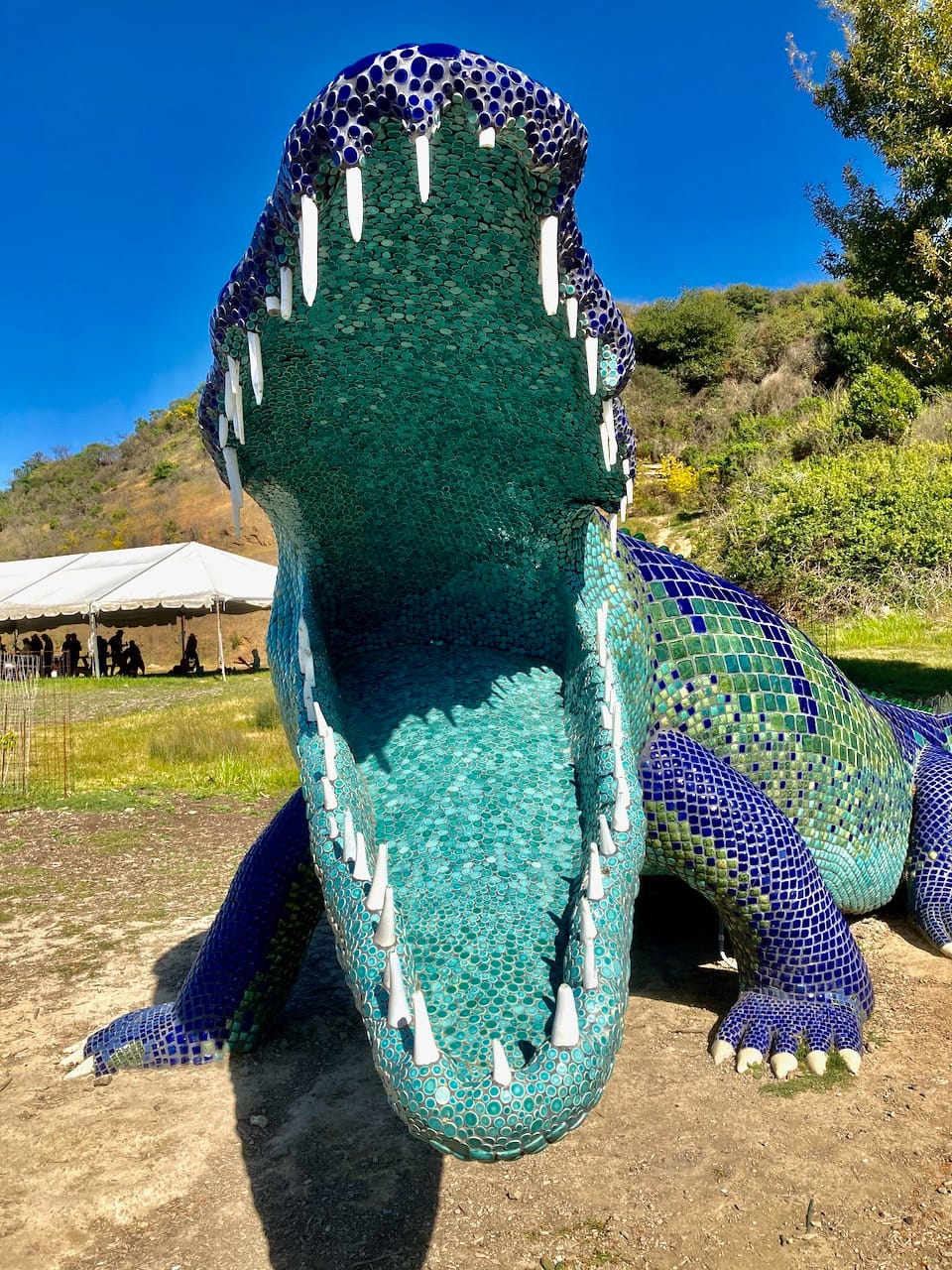
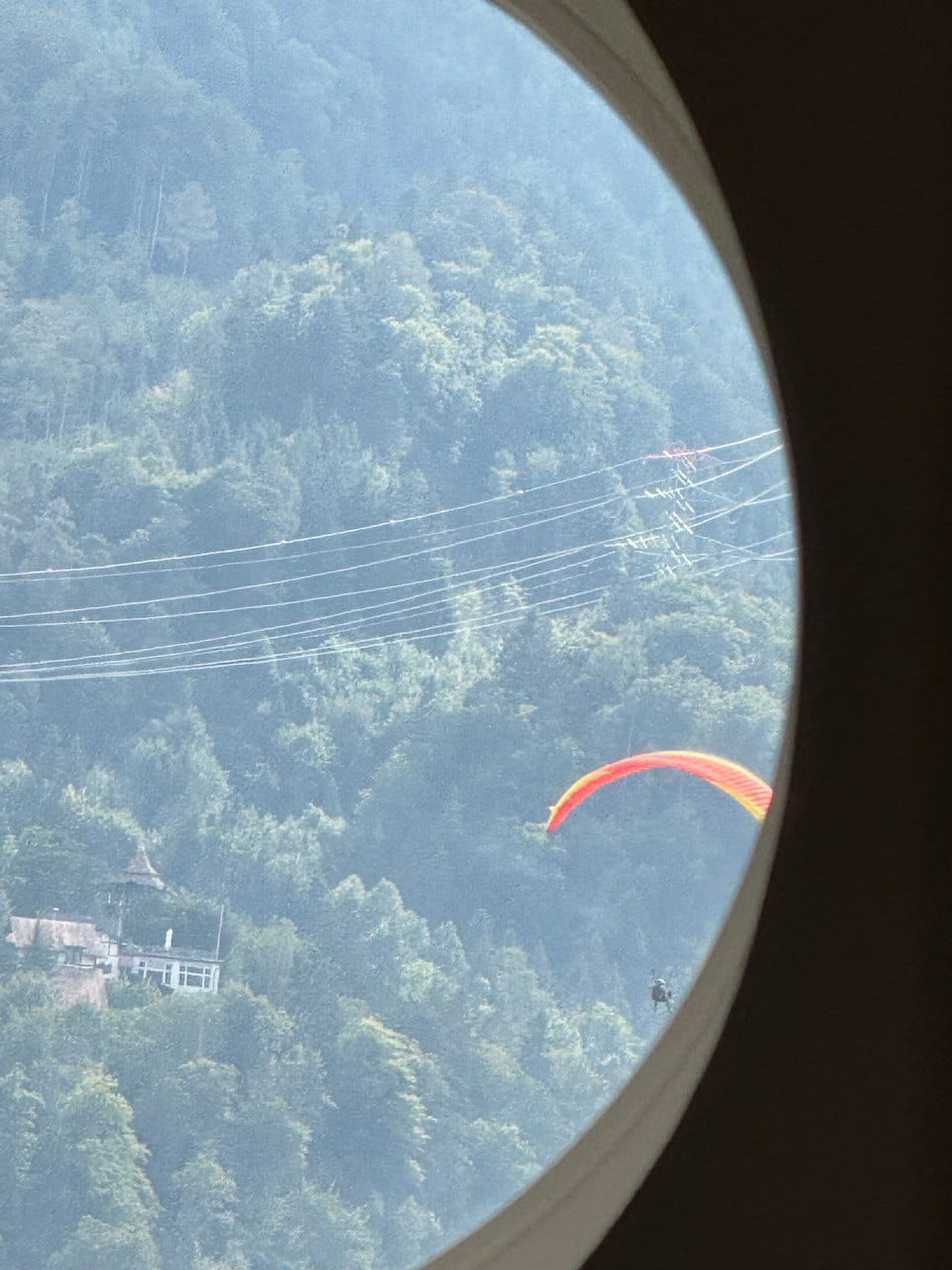
The Coolest Neighbor A Boy Could Want
by Ken Homer
Both my parents worked fulltime.
That presented them with a bit of a problem.
My kindergarten let out three hours
before either of my elder sisters got home.
That’s a long time for a five-year-old to be by himself.
Many were the days when I was left alone at home.
Sometimes, I could go next door to the neighbors.
Mr. and Mrs. Landis were retired and home all the time.
On the days when I could visit, I’d always find
Mrs. Landis propped up in her hospital bed,
which seemed to me to take up the whole living room.
She was a nice woman who had some kind of lung problem.
She was usually on oxygen when I was there.
But she always had Oreos and milk for me.
I liked Mrs. Landis but I loved Mr. Landis.
I think he had been an electrical engineer.
He was good natured and kind and patient.
He had an astounding collection of model trains.
His entire basement was filled to overflowing with model trains.
There were multiple sizes of tracks and trains.
For any train hobbyists who might be reading this,
his collection included HO-, S- and O-scale trains.
The landscapes had mountains with tunnels.
Fuzzy green grass and painted lakes and ponds.
There were villages with buildings and people.
Sheep and cattle dotted the green hills of the model landscape.
Model cars perched on bridges and RR crossings had working
gates that went up and down with lights that flashed
and bells that sounded as the train approached.
I think there were four or five big transformers.
The engines had working whistles.
It was the coolest thing I’d ever seen!
When I arrived, I’d greet Mrs. Landis and then
Mr. Landis and I would go down in his basement.
He’d put an engineer’s cap on my head – that made me feel important.
He taught me how to work the transformers.
“Careful now,” he’d say “not too much power.
Need to go slow around the curves”
He had a supply of smoke pellets, and he’d give me some to
put into one or more of the stacks of the engines.
Within a few minutes white smoke would billow out
and trail behind as the train sped along around the track.
For a kid of five, it was paradise and Mr. Landis was a godsend.
I was a curious kid, and he patiently answered all my questions.
Sadly, when we moved away, I lost touch with them.
My correspondence skills were pretty rudimentary at six.
As I look back on my life, I’m tremendously grateful
for their kind attention and those afternoons with the trains.
Ken Homer • February 2024
charles blass
Thank you for reading! The next edition will be published on 18 September 2024. Email Pete with suggested submissions.
Grateful appreciation and many thanks to Charles Blass, Douglass Carmichael, Patti Cobian, Ken Homer, Klaus Mager, Scott Moehring, and George Pór for their kind contributions to this issue.